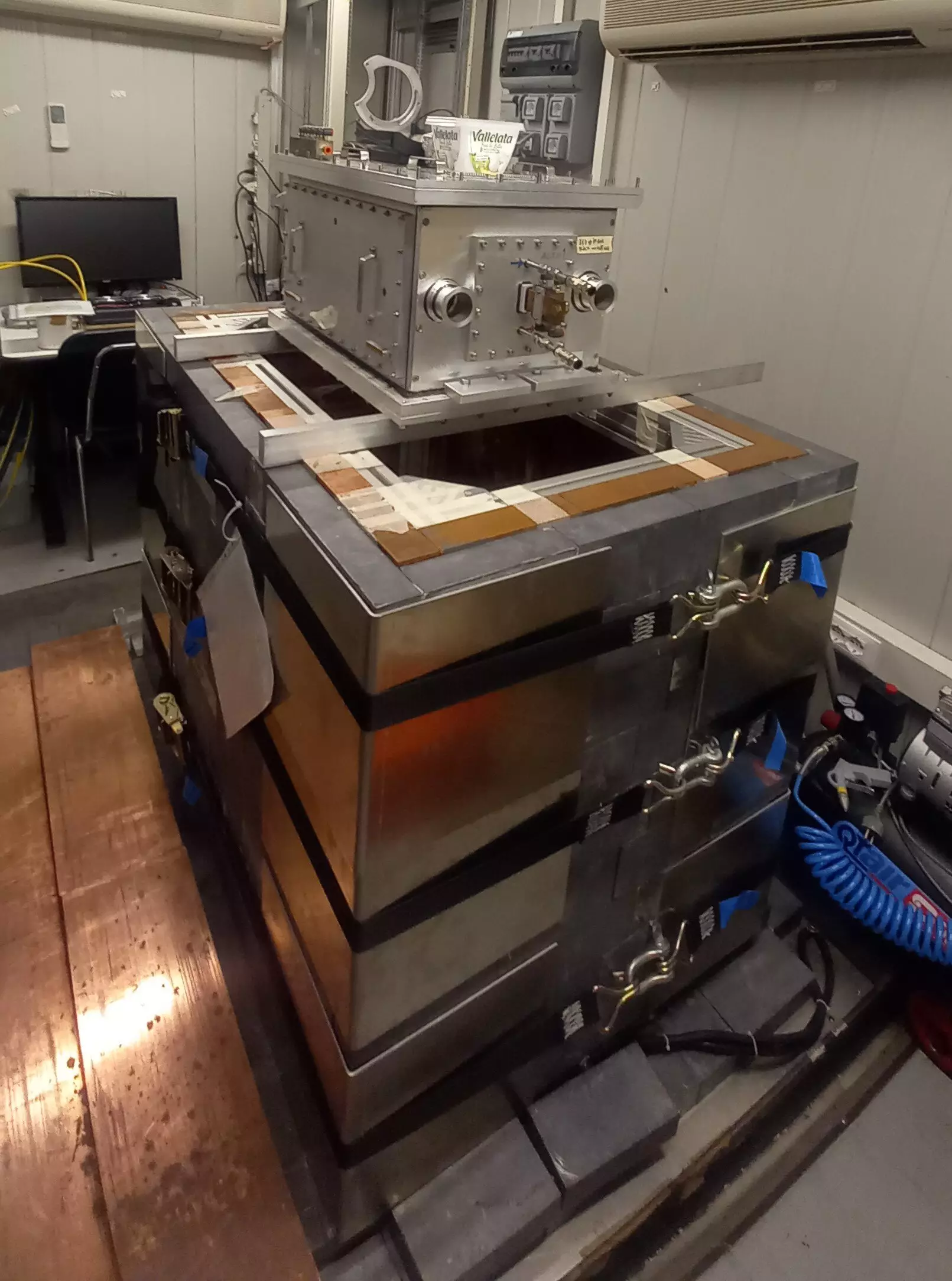The strange and elusive domain of quantum mechanics, characterized by its counterintuitive principles, often raises more questions than answers. An enduring illustration of this peculiar world is the thought experiment known as Schrödinger’s cat, which encapsulates the essence of quantum superposition. In this hypothetical scenario, the feline can be considered both alive and dead until it is observed, bringing into question our understanding of reality and observation. Yet, despite these conceptual oddities, we rarely encounter such phenomena in the macroscopic world around us. This discrepancy has sparked significant debate among physicists, leading to the emergence of various alternative models that aim to explain why quantum effects do not manifest in larger structures.
At the core of this discussion is the “measurement problem,” a significant issue in quantum mechanics concerning the transition from quantum states to classical outcomes upon observation. According to quantum theory, before an object is measured, it can exist in a superposition of multiple states. For instance, a particle may simultaneously occupy two locations or a radioactive atom may be both decayed and undecayed. The act of measurement seemingly causes a collapse of this wave function, providing a definitive state but obscuring the underlying quantum reality. As Catalina Curceanu, a leading figure in quantum research, notes, this collapse is an aspect that standard quantum mechanics struggles to explain fully.
In light of the measurement problem, researchers have explored various alternative explanations, notably the quantum collapse models. These models hypothesize that a physical process can trigger the collapse of the wavefunction, effectively linking the phenomenon to the size of the system. The larger the object, the more rapidly the collapse occurs. This is tantalizing because it suggests that effects invisible in standard quantum mechanics could potentially be observed. These collapse models are broadly categorized into two types: Continuous Spontaneous Localization (CSL) models and gravitational collapse models.
CSL models propose that the wavefunction collapses due to an intrinsic random process that is not necessarily tied to gravity. In contrast, gravitational collapse models, such as those proposed by Lajos Diòsi and Roger Penrose, suggest that the effects of gravity play a crucial role in this phenomenon. Both approaches aim to illuminate how and why wavefunctions collapse, potentially leading to new insights into the nature of reality as we understand it.
One of the primary avenues for validating these collapse models lies in the detection of spontaneous radiation events. Curceanu and her colleagues have dedicated considerable effort to seek evidence of such radiation, specifically high-energy gamma radiation predicted by these theories. Their ongoing investigations at various laboratories, including the LNGS-INFN facility in Italy, aim to acquire tangible proof for these models, which could revolutionize our grasp of quantum mechanics.
Recent developments published in the journal Physical Review Letters have shed light on intriguing findings. The research team, including physicists from various prestigious institutions, examined the characteristics of spontaneous electromagnetic radiation emitted from atomic systems at lower energy levels, particularly in the X-ray domain. Their investigations revealed stark contrasts with prior predictions, showcasing an unprecedented correlation between emission rates and the atomic species in question. Notably, it was discovered that the observed spontaneous radiation varies not only by the species studied but also by the specific collapse model employed.
The implications of these findings could be monumental. Curceanu emphasizes that the ability to identify and characterize spontaneous radiation could refine our understanding of quantum collapse models. Such advancements would not only help delineate the boundaries of quantum mechanics but could also have far-reaching implications across scientific disciplines. If the experiments yield conclusive signals, they could pinpoint the underlying causes of these phenomena, contributing a piece of the puzzle to the broader narrative of quantum theory versus classical reality.
As researchers set out to explore the intricate relationships between atomic structure and spontaneous radiation through rigorous experimentation, the quest to solve the measurement problem marches onward. In essence, the bridge between the oddities of the quantum world and the tangible nature of our classical reality may not be as unreachable as once thought. The continuous pursuit of knowledge in this field remains pivotal, as each study uncovers new layers of understanding, potentially leading to a paradigm shift in our comprehension of fundamental physics. The convergence of quantum theory and classical reality continues to challenge and inspire scientists, urging exploration into realms uncharted and unknown.



Leave a Reply